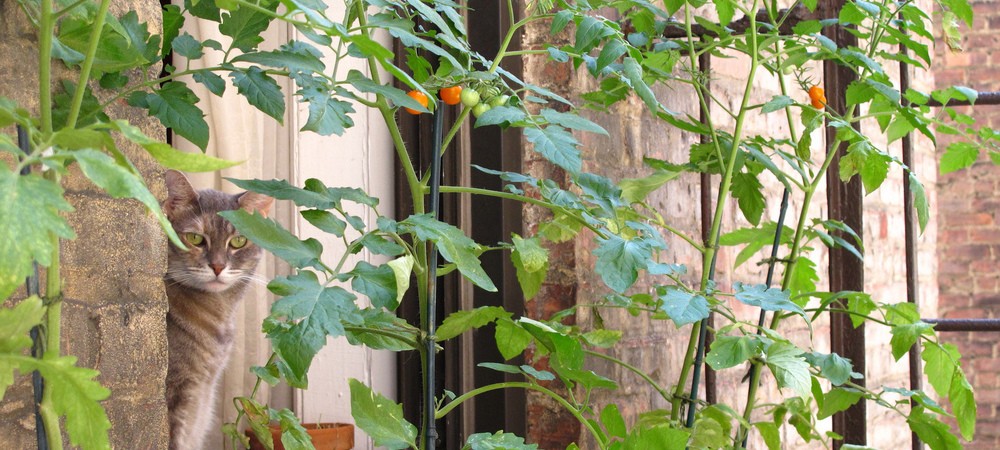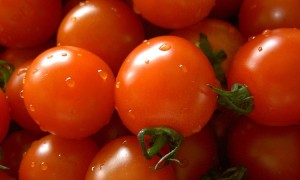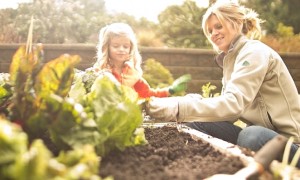A Vegetable Garden in NYC? Yup!
If you think you can’t have a vegetable garden in NYC because your outdoor space is too small, you simply need to think of ways to maximize your outdoor space. Once you do, you can be enjoying luscious fruits of the earth in no time.
Do you dream about growing your first vegetable garden in NYC? There’s nothing like the delicious tastiness of a freshly picked tomato, straight from the vine and sprinkled with a dash of sea salt. Once you take a bite, you dream aloud, wishing that you could have your very own vegetable garden even though you live in the city. If you’ve got access to outdoor space, you can grow your own and have fresh, juicy vegetables whenever you want. If you think your space is not big enough, think again.
Use Pots and Containers

Image Source: Flickr/Ed
Whether you’ve got a balcony, terrace, or rooftop space, pots and/or containers are just what you need to grow your garden. They’re perfect for growing many different types of produce, and they can be arranged so that you can grow as much as possible while making smart use of every inch of space.
- You’ll need to attract pollinators like bees and butterflies to your garden so that the vegetation can flourish —make sure you make space for the plants that will get them there, including Japanese anemone and agastache.
- Research before you choose the produce you wish to grow; the type of garden you end up growing will depend on how much shade and sunlight your space gets. You should also keep in mind that the climate on the balcony is different than the climate on the ground, and some sections of the balcony will have different weather conditions than other parts.
- Some of the most popular and easy-to-grow vegetables for balcony gardens include tomatoes, herbs, peppers, eggplants, and beans. Just make sure that you choose containers with the correct amount of drainage for each vegetable, and that you place the containers where they get the right amount of sun or shade. Leafy vegetables like lettuce and spinach can grow in areas where there’s plenty of shade. Vegetables like tomatoes, potatoes, and peppers thrive in areas where there’s plenty of full sun.
- Synthetic soils made of ingredients like peat moss, perlite, and sawdust are the best soils for container gardens.
Grow “UP”!
Vertically oriented gardens are excellent for maximizing the growing space of tiny urban gardens. Veggies and fruits will grow in their containers as usual, but they’ll be placed on vertical structures that take up less space than horizontal plots. Vegetables and fruits like tomatoes can be grown in hanging pots and on trellises. Additionally, containers can be placed on a vertical structure to make use of every inch of space on a tiny balcony.
- Choose the type of vertical growing structure you’re going to use carefully. Renters will probably want to use structures that are easy to remove so that they can be taken down easily when the lease is up. Check out stores like the fabulous Urban Garden Center in East Harlem for options.
- Some great options for structures for your vegetable garden include hanging baskets, shelves, and trellises. Hanging baskets can be used to grow many types of vegetables, especially ones like cherry tomatoes that add a beautiful burst of color as they spill out over the tops. Shelves are awesome because they’re used to hold the containers that grow all types of vegetables. Any vegetable that can grown in a container can be placed on a shelf. Trellises are perfect for any vine or trailing plant. Buy a garden trellis from a gardening shop, or use items like fence sections or step ladders. Squash, cucumbers, beans, and pumpkins are perfect examples of vegetables that can be grown on trellises.
Main Image Source: Flickr/Kristine Paulus
[cf]skyword_tracking_tag[/cf]




